Peruvian architecture, Cuzco, Ollantaytambo, El RioUrubamba de Machu Picchu
Francisco Pizarro González was a Spanish qonquistador who led an expedition that conquered the Inca Empire.
He captured and killed Incan emperor Atahualpa, and claimed the lands for Spain.
Pizarro advanced with his army of 500 Spaniards toward Cuzco, accompanied by Chalcuchimac, one of the leading Inca generals of the north and a supporter of Atahualpa, who was subsequently burned at the stake. Manco Inca Yupangui joined Pizarro after the death of Tupac Huallpa.
During the exploration of Cuzco, Pizarro was impressed and through his officers wrote back to King Charles I of Spain, saying: “This city is the greatest and the finest ever seen in this country or anywhere in the Indies… We can assure your Majesty that it is so beautiful and has such fine buildings that it would be remarkable even in Spain.
The Government Palace also known as the House of Pizarro, is the seat of the executive branch of the Peruvian government and the official residence of the President of Peru.
The palace is a stately government building, occupying the northern side of the Plaza Mayor in Peru’s capital city, Lima.
Set on the Rimac River the palace occupies the site of a very large huaca (“revered object”) that incorporated a shrine to taulichusco, the last kuraka (indigenous governor) of Lima.
The Governorate of New Castile was the gubernatorial region administered to Francisco Pizarro in 1528 by King Charles i of Spain, of which he was appointed governor.
The region roughly consisted of modern Peru and was after the foundation of Lima in 1535 divided. The conquest of the Inca Empire in 1531–1533, performed by Pizarro and his brothers set the basis for the territorial boundaries of New Castile
The Plaza Mayor or Plaza de Armas of Lima, is the birthplace of the city of Lima, as well as the core of the city.
Located in the Historic center of Lima, it is surrounded by the Government palace, Cathedral of Lima, Archbishop palace of Lima, the Municipal palace, and the Palace of the Union.
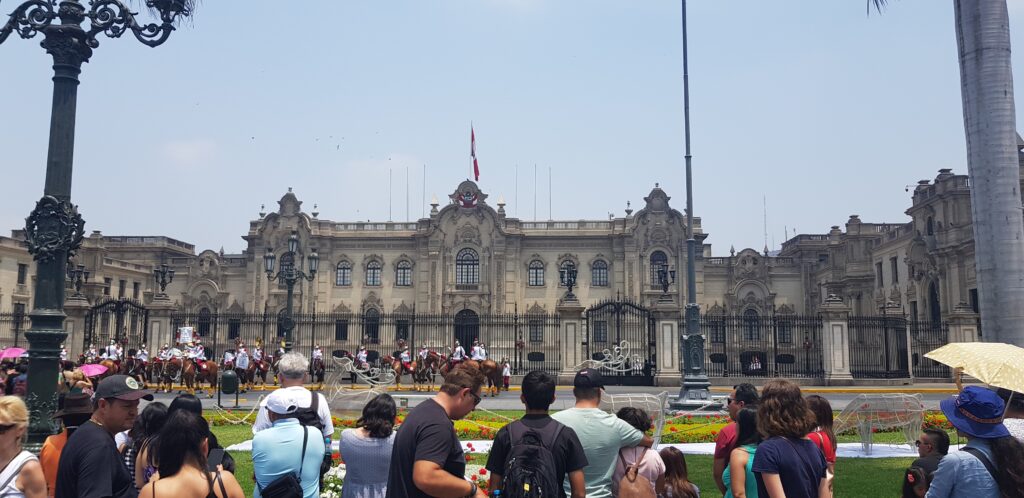
Government palace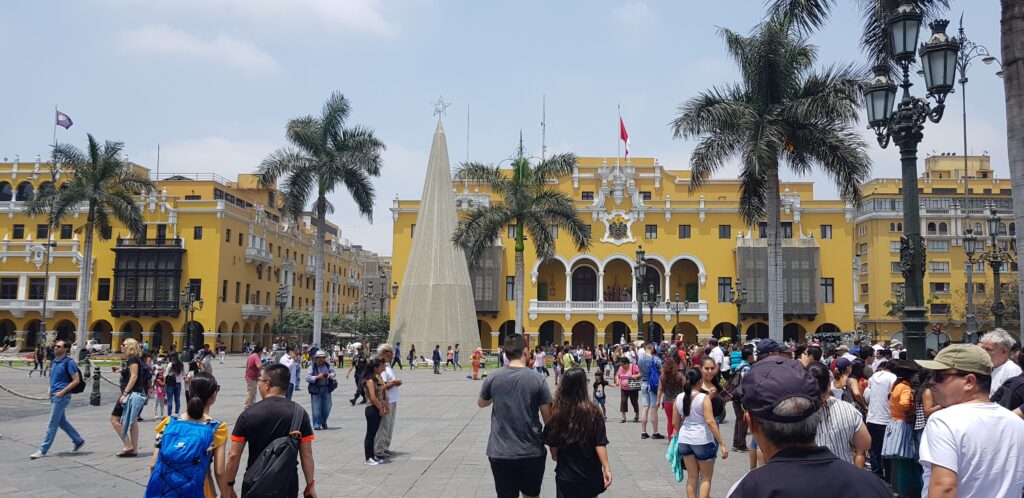
Park of the flag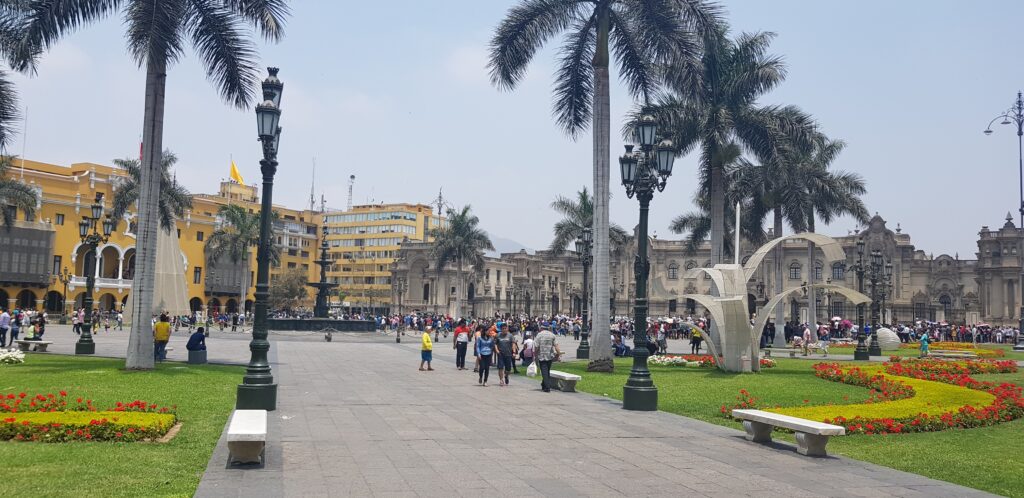
Municipal Palace of Lima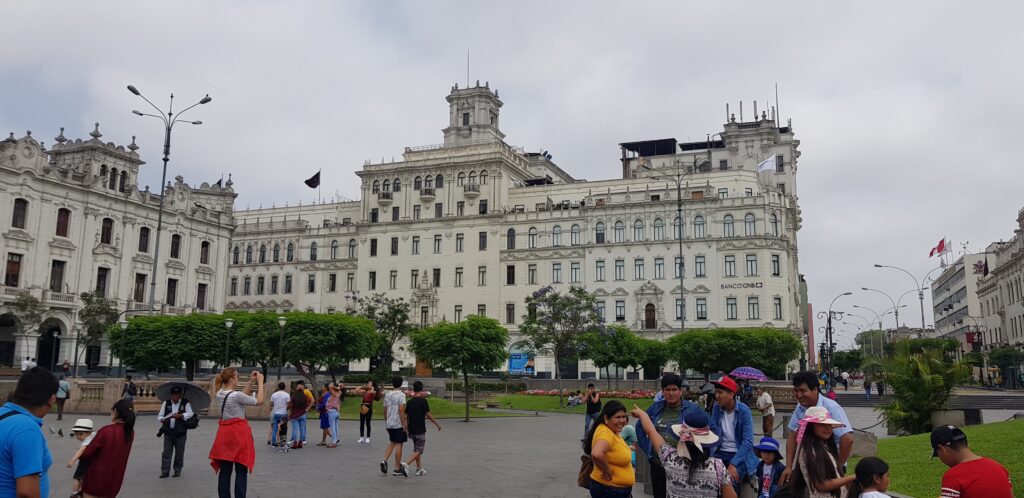
San Martín Square
Mario Vargas Llosa Hispano-Peruvian writer and 2010 Nobel Laureate in Literature.
Alberto Fujimori is a Peruvian former politician who served as the President of Peru from 28 July 1990 to 22 November 2000.
His government is credited with the creation of Fujimorism defeating the Shining Path insurgency and restoring Peru’s macroeconomic stability.
Fujimori ended his presidency by fleeing Peru for Japan amid a major scandal involving corruption and human rights violations.
Even amid his prosecution in 2008 for crimes against humanity relating to his presidency, two-thirds of Peruvians polled voiced approval for his leadership in that period

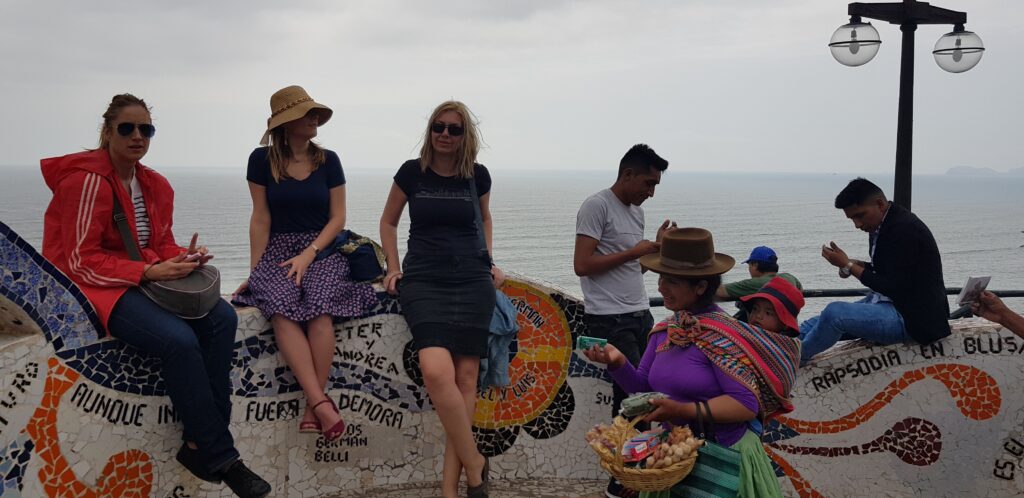
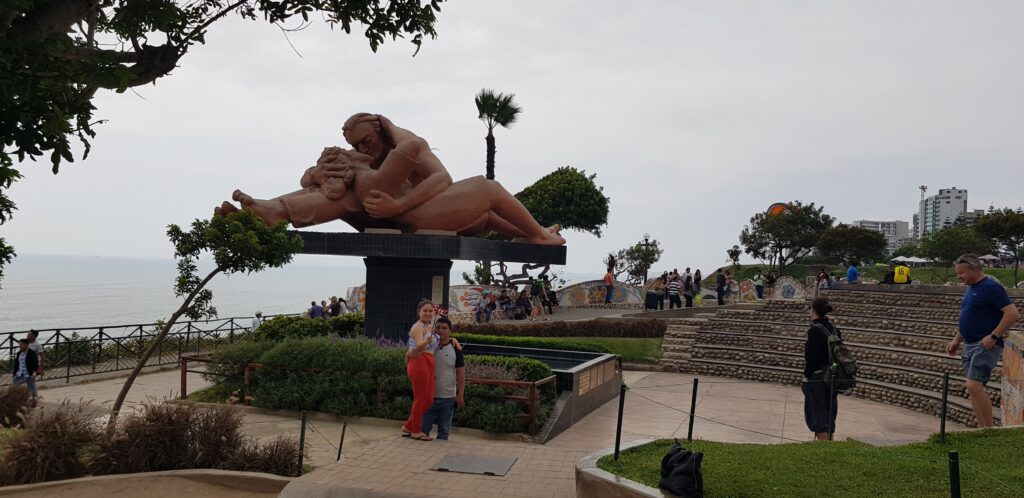
Park of Love-
Parque del Amor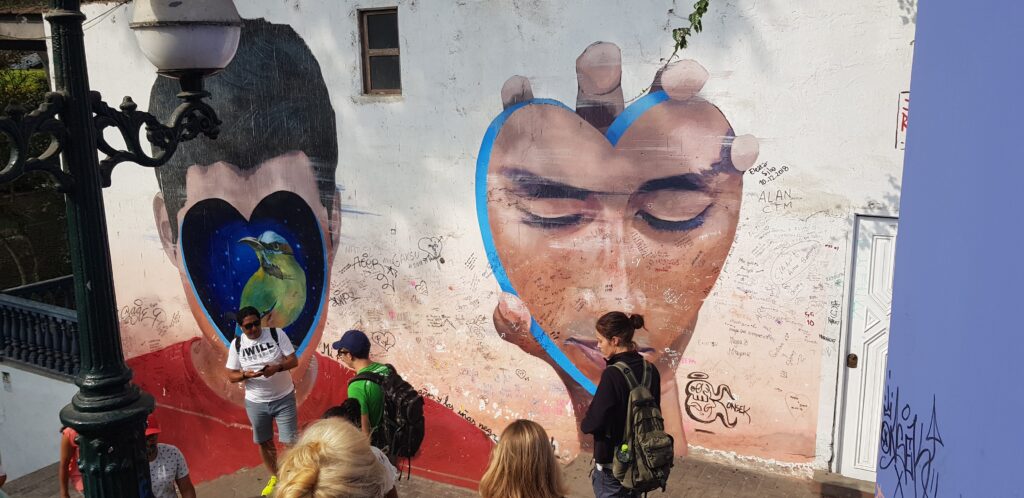
Miraflores is a district of the Lima Province in Peru. It is an exclusive residential and upscale shopping district south of downtown Lima. It is also one of the most affluent districts that make up the city of Lima.
It has various hotels (including the Hilton, the JW Mariott and the Belmond), restaurants, bars, nightclubs, and department stores.
Miraflores is one of the main tourist attractions in Lima.

Vista de las ruinas de Machu Picchu y la montaña Huayna Picchu desde la Montana Machu Picchu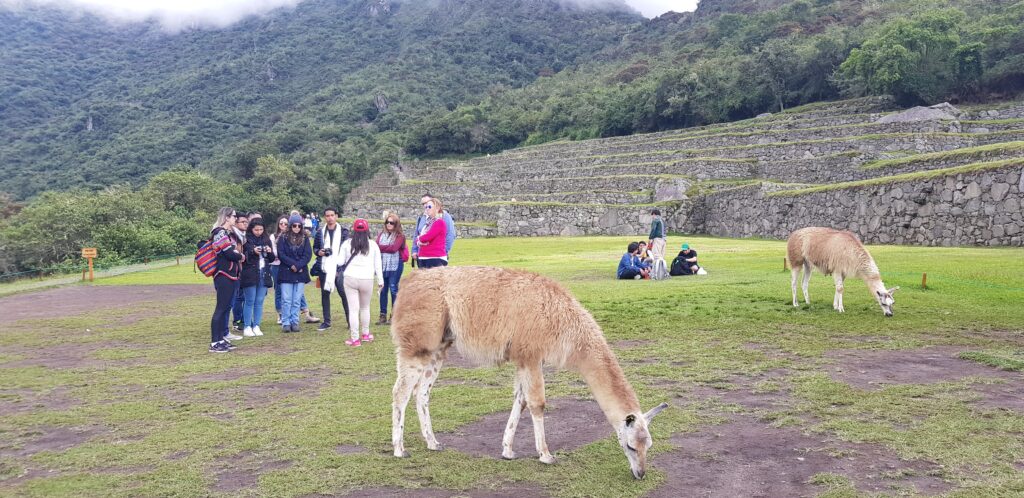
Machu Picchu habría sido una de las residencias de descanso de Pachachutes, noveno inca del Tahuantisuyo entre 1438 y 1470.
Machu Picchu fue declarado Santuario Histórico Peruano en 1981 y está en la Lista del Patrimonio de la Humanidad de la Unesco desde 1983, como parte de todo un conjunto cultural y ecológico conocido bajo la denominación Santuario historico de Machu Picchu.
El Rio Urubamba y el pueblo de Aguas Calientes, vistos desde el camino que lleva a Machu Picchu.
The vicuña is one of the two wild South American camelids which live in the high alpine areas of the Andes, the other being the guanaco. It is a relative of the llama, and is now believed to be the wild ancestor of domesticated alpacas, which are raised for their coats.
Vicuñas produce small amounts of extremely fine wool, which is very expensive because the animal can only be shorn every three years, and has to be caught from the wild. When knitted together, the product of the vicuña’s wool is very soft and warm. The inca valued vicuñas highly for their wool, and it was against the law for anyone but royalty to wear vicuña garments; today the vicuña is the national animal of Peru and appears in the Peruvian coat of arms.





